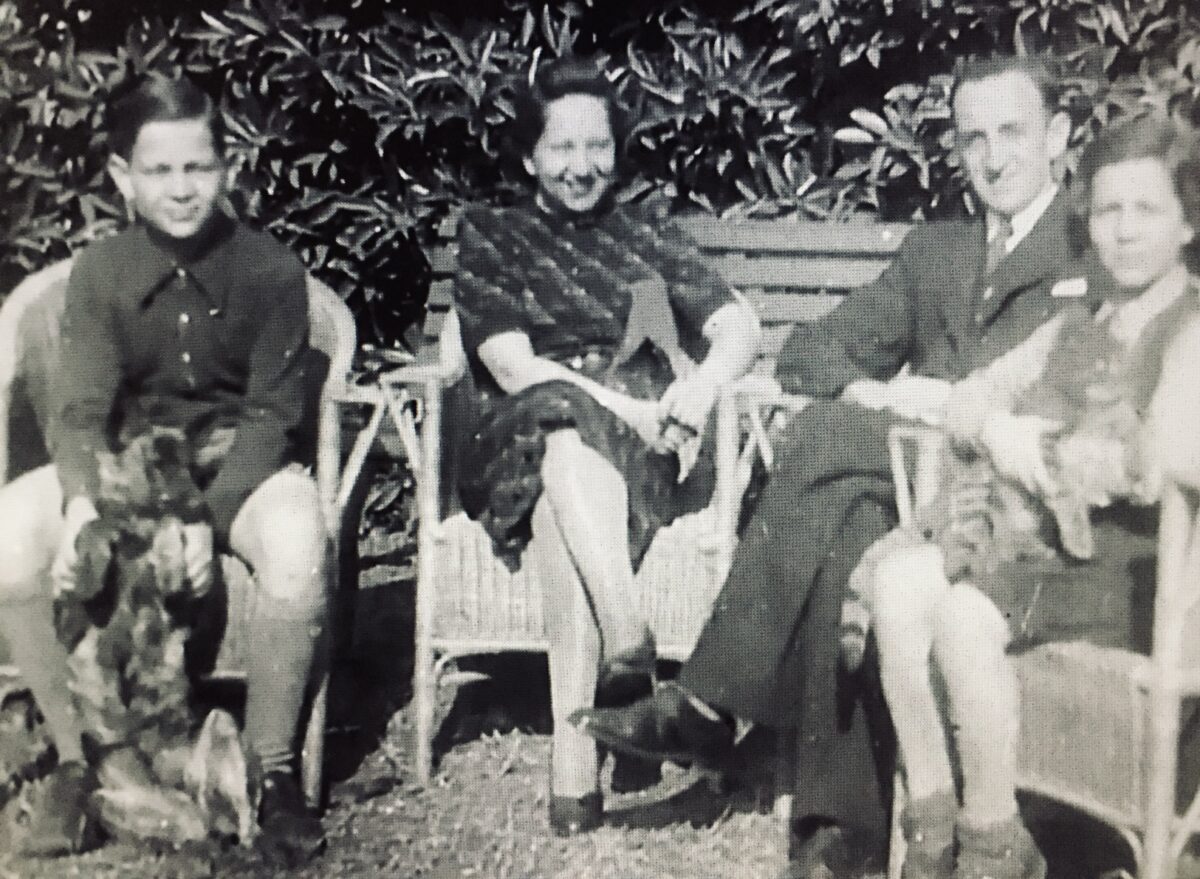Shanghai in the late 1930s and early 1940s was the only place on earth that did not require entry visas from visitors. Nearly 20,000 Jewish refugees, mainly from Germany and Austria, poured into this frenetic and cosmopolitan Chinese port during this period to escape Nazi persecution.
The story of their immigration to this unlikely destination has been told and retold in newspaper and magazine articles, books and movies. The Port of Last Resort, a 76-minute Austrian documentary written and directed by Joan Grossman and Paul Rosdy, rehashes it in grand style.
Currently being screened online by the Toronto Jewish Foundation, the film is an amalgam of vintage file footage, home movies, heretofore unseen photographs and illuminating interviews with several refugees who ended up in Shanghai.
Jewish refugees began arriving in 1938, a seminal year during which Germany annexed Austria and Germany’s Nazi regime instigated Kristallnacht, a series of nation-wide pogroms that essentially spelled finis to the Jewish community.
When the refugees arrived in Shanghai, 50,000 of its four million inhabitants were Europeans.
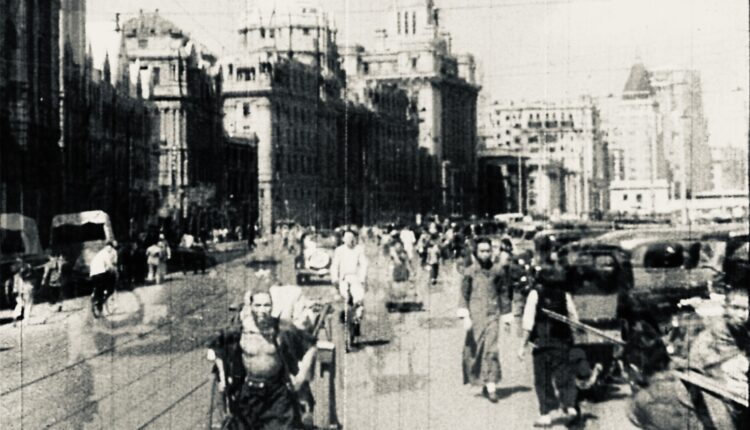
Shanghai was already home to Baghdadi Jews from Iraq and India and Russian Jews who had escaped 19th century czarist pogroms and the 1917 Bolshevik Revolution.
Shanghai, having been divided into extra-territorial neighborhoods during the colonial era, was composed of the International Settlement, the French concession and the Chinese inner city. From 1941 onward, Japan seized control of Shanghai. Although Japan was an ally of Germany, the Japanese government was not antisemitic.
The refugees who chose China for resettlement were not particularly enamored of Shanghai, a teeming and noisy metropolis of shocking inequities. The reason is clear. Very few countries would admit Jews, as the 1938 Evian conference pointedly demonstrated.
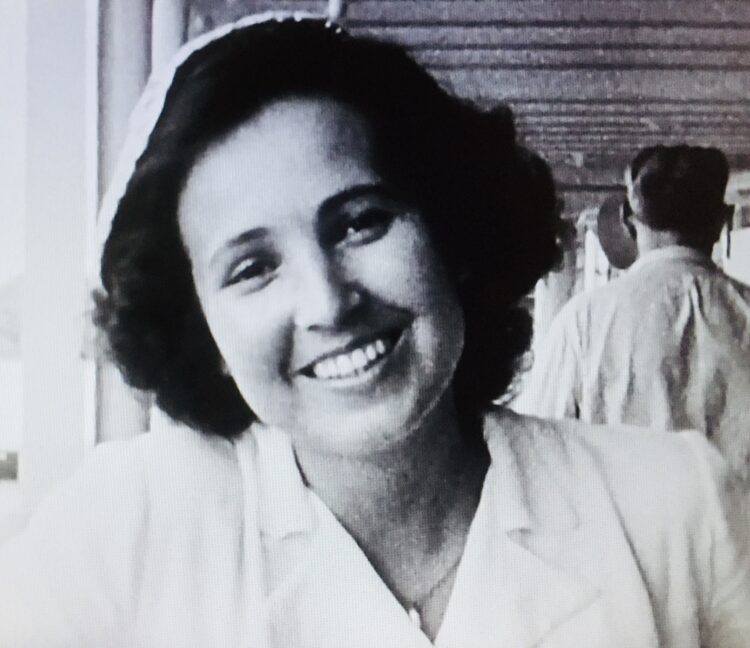
When the refugees left their homes, leaving behind family members and relatives, they instinctively knew they might never see them again, says a man in reference to his father and sister.
And once they landed in Shanghai, they had to scramble to survive. Jobs were scarce. Flats were available but were usually dilapidated, lacking hot water and other necessities. And the danger of epidemics was omnipresent.
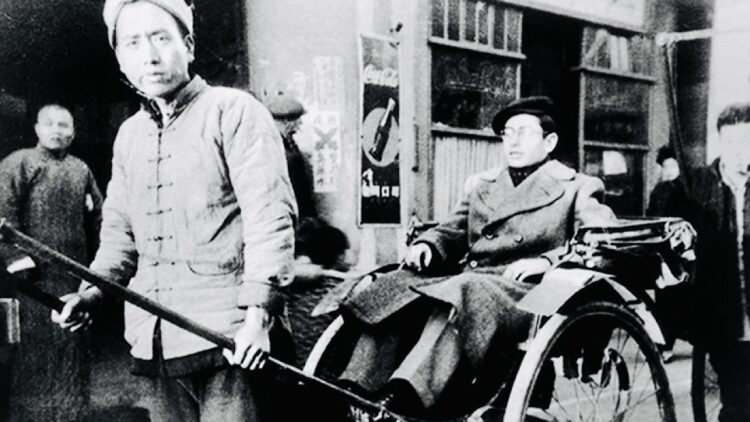
The newcomers coped with adversity, but got a helping hand from local Jewish philanthropists like the Kaddoories and the Sassoons and from the American Joint Distribution Committee.
As they set down roots, they opened shops that could have been transplanted from the streets of Vienna or Berlin. And they established cultural organizations and founded German-language newspapers.
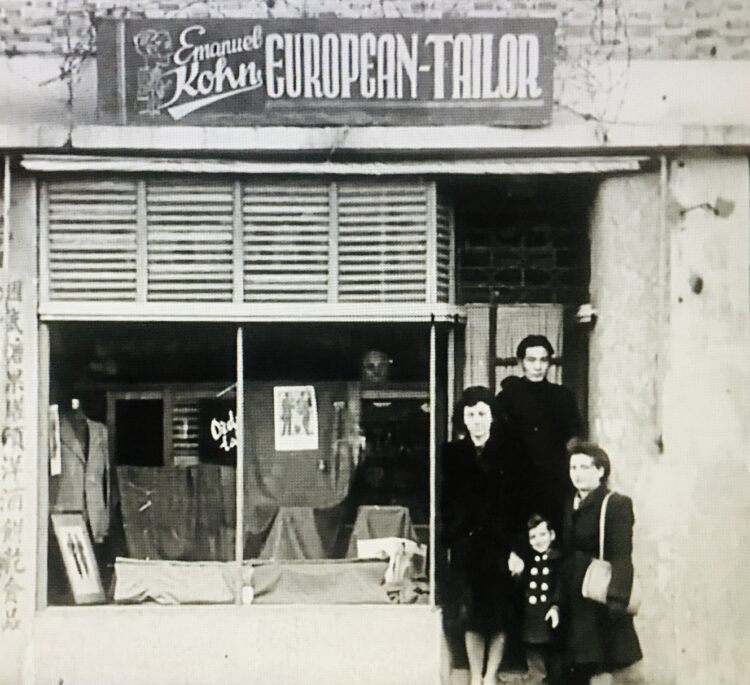
In February 1943, Japan decreed that Jews who had settled in Shanghai since 1937 should live Hongkew, a ragged district that had been virtually destroyed during China’s war with Japan. From that point forward, food was scarce, refugees teetered on the cusp of starvation, and relied on the International Committee of the Red Cross for sustenance.
People’s nerves were on the edge during this difficult interregnum, the refugees recall. Some wondered whether they would even pull through.
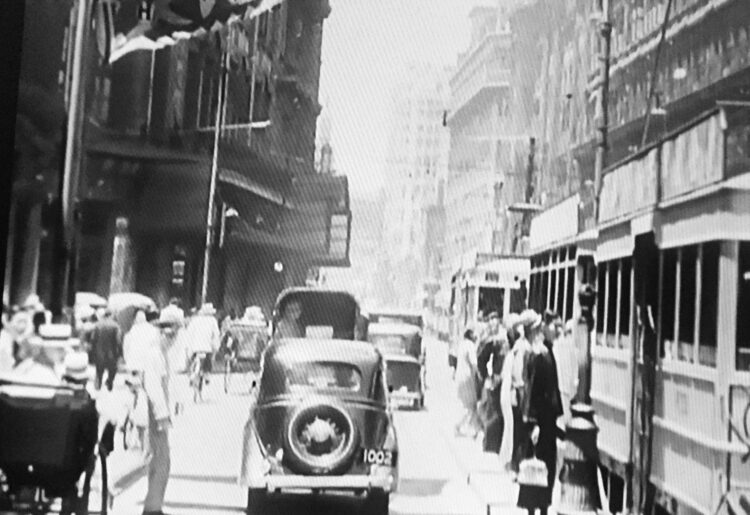
On July 17, 1945, a U.S. bombing raid targeting a Japanese munitions warehouse in Hongkew killed hundreds of Shanghai’s residents, including almost 40 refugees.
It was only after the war that the refugees would acquire a fuller knowledge of the Holocaust. “We didn’t know about Auschwitz, though we knew of the camps where Jews were killed,” says a man.
With Japan’s defeat in the war, the refugees began leaving Shanghai. The exodus intensified after the communist takeover of China in 1949. The United States, Canada, Israel and Australia were their predominant destinations.
As he looks back at those years, a refugee exclaims in wonderment, “Shanghai will never cease to be a memory of amazement.”
As a footnote in the Holocaust, Shanghai certainly stands out as a unique chapter. The Port of Last Resort underscores this theme.
